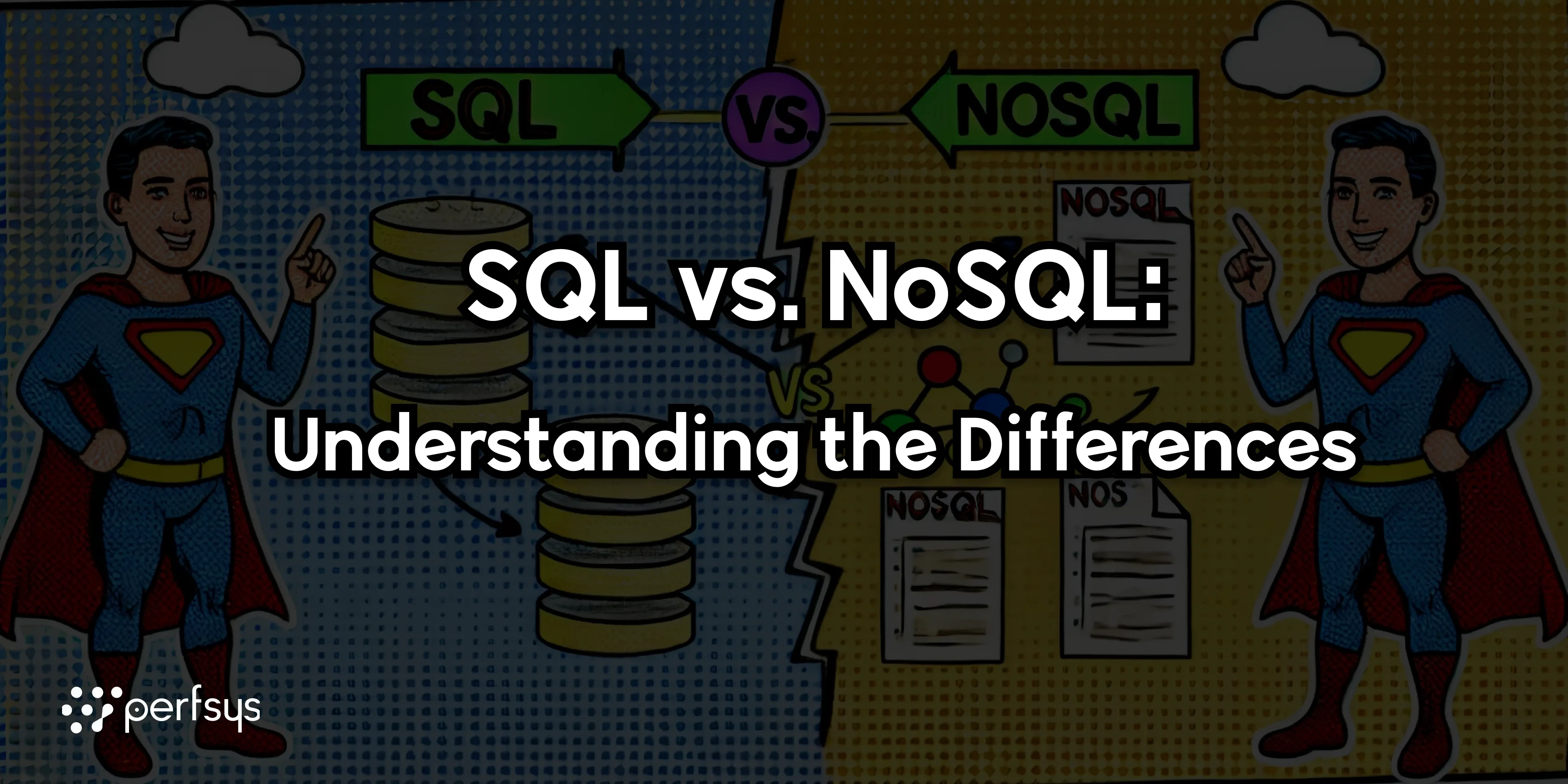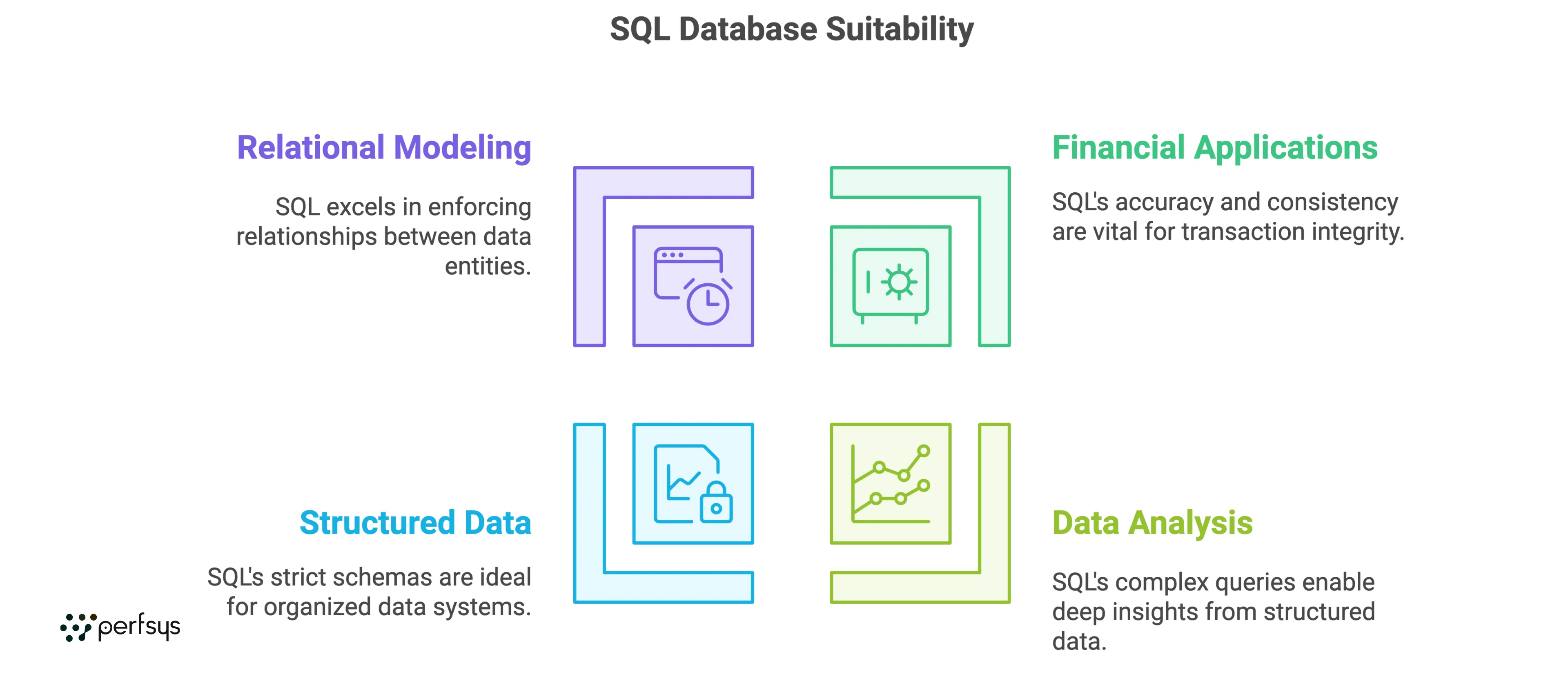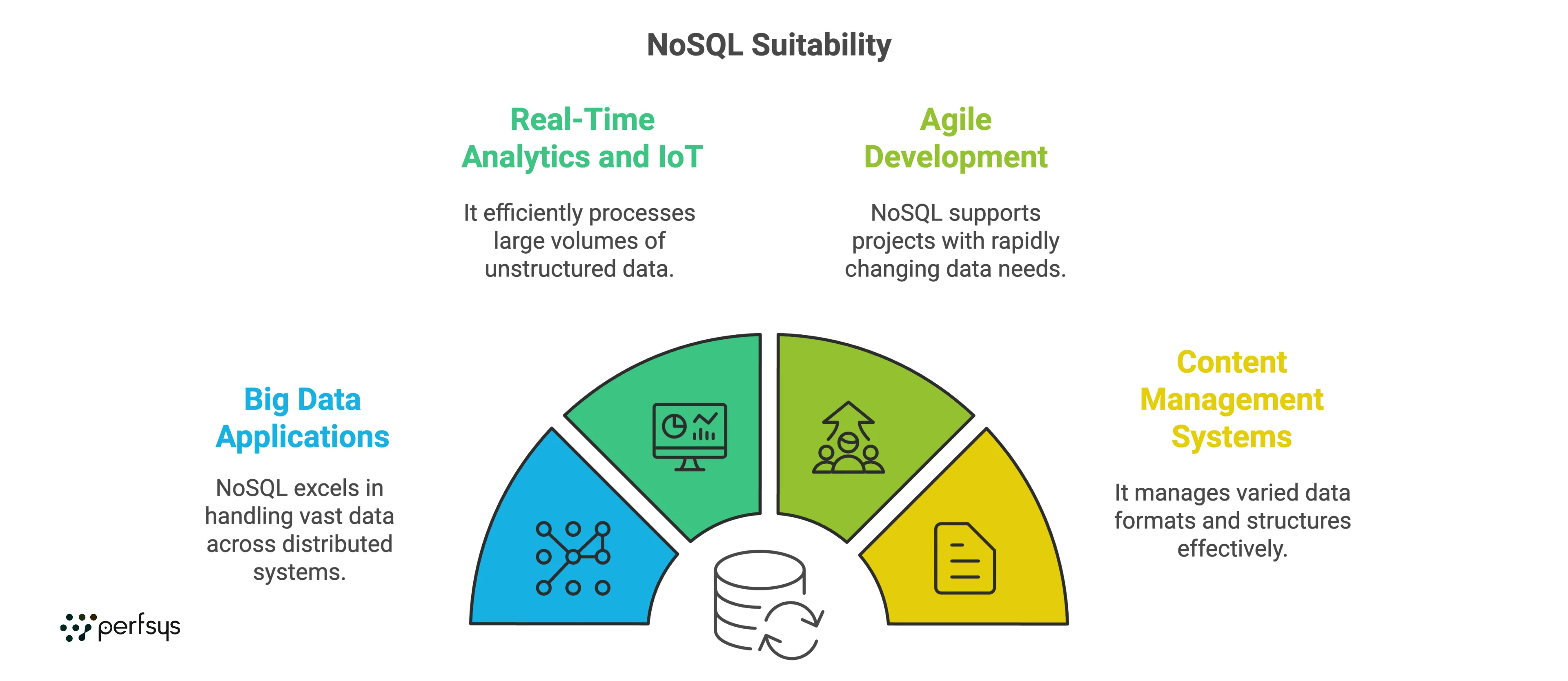SQL vs. NoSQL: Understanding the Differences

When it comes to managing data, SQL and NoSQL databases are two of the most popular types of databases used today. Both have unique strengths and are suited for different types of applications.
This guide breaks down the key differences, benefits, and use cases of SQL and NoSQL databases to help you choose the right one for your needs.
What is SQL?
SQL (Structured Query Language) databases, also known as relational databases, store data in a structured format using tables, with rows and columns. SQL databases are highly structured and require a predefined schema, which enforces data consistency and integrity.
Examples of SQL Databases:
-
— MySQL
-
— PostgreSQL
-
— Oracle Database
-
— Microsoft SQL Server
What is NoSQL?
NoSQL databases are non-relational databases that store data in a more flexible, unstructured format. They do not require a fixed schema, which allows for scalability and the ability to handle diverse data types.
NoSQL databases are often preferred for applications that need fast performance, flexibility, and the ability to handle large volumes of data.
Examples of NoSQL Databases:
-
— MongoDB
-
— Cassandra
-
— Redis
-
— Couchbase
Key Differences Between SQL and NoSQL Databases
| Feature | SQL (Relational) | NoSQL (Non-Relational) |
|---|---|---|
| ---------- | ||
| Data Structure | Structured tables with rows & columns | Flexible formats (documents, key-value, graphs) |
| ---------- | ||
| Schema | Fixed schema (predefined structure) | Dynamic schema (flexible structure) |
| ---------- | ||
| Scalability | Vertical scaling (adding resources to a single server) | Horizontal scaling (adding more servers) |
| ---------- | ||
| Consistency | High consistency with ACID compliance | Eventual consistency in many cases (CAP theorem) |
| ---------- | ||
| Performance | Good for complex queries and transactions | Optimized for high-speed data processing and flexible data |
| ---------- | ||
| Use Cases | Structured data, complex queries, transactions | Large datasets, unstructured or varied data, real-time processing |
Detailed Comparison of SQL vs. NoSQL
1. Data Structure and Schema
-
— SQL Databases: Store data in a structured, table-based format. Each table has a predefined schema, which means data must fit a set structure with specific columns and data types. This structure enforces data integrity and consistency but limits flexibility.
-
— NoSQL Databases: Offer a variety of data models, such as document-based, key-value pairs, wide-column, and graph databases. With a dynamic schema, NoSQL databases allow data to vary in structure, making them ideal for unstructured or semi-structured data.
2. Scalability
-
— SQL Databases: Primarily scale vertically by increasing the server’s hardware (e.g., adding more memory or processing power). Some SQL databases can achieve limited horizontal scaling, but this is complex and not native to most SQL databases.
-
— NoSQL Databases: Designed for horizontal scaling by adding more servers, making them suitable for applications with large amounts of data and high-traffic loads. This scalability approach is particularly useful for distributed systems and cloud-native applications.
3. Consistency and Reliability
-
— SQL Databases: Follow ACID (Atomicity, Consistency, Isolation, Durability) principles, which ensure reliable transactions and data consistency. This makes SQL databases ideal for applications requiring strict accuracy, such as financial and e-commerce applications.
-
— NoSQL Databases: Often follow the CAP theorem (Consistency, Availability, Partition tolerance). While some NoSQL databases can achieve strong consistency, many prioritize availability and partition tolerance over strict consistency, using an “eventual consistency” model, where data may not be immediately consistent across all servers.
4. Performance and Speed
-
— SQL Databases: Offer reliable performance for complex queries and support for JOIN operations, which combine data across multiple tables. However, they may experience slower performance with extremely large datasets or high-speed data requirements.
-
— NoSQL Databases: Optimized for high-speed data access, often outperforming SQL databases in scenarios requiring real-time data processing or handling of varied data structures. NoSQL databases are often chosen for applications that prioritize speed and flexibility over complex queries.
5. Flexibility and Ease of Use
-
— SQL Databases: Require a fixed schema, making them less flexible but more predictable. This rigidity is beneficial for applications that need strict data structures but limits the ability to handle evolving or diverse data.
-
— NoSQL Databases: Provide flexibility by allowing data to change without altering the database schema. This makes NoSQL a popular choice for agile, rapidly evolving applications that need to handle a wide variety of data types.
When to Use SQL

SQL databases are best suited for:
-
— Financial and E-commerce Applications: Where data accuracy, consistency, and reliability are critical for transactions and records.
-
— Data Analysis and Reporting: Where complex queries and relationships between tables are needed to generate insights.
-
— Applications with Structured Data: Such as CRM systems, HR databases, and other systems requiring strict schemas.
-
— Relational Data Modeling: SQL is ideal when you need to enforce relationships between different tables or data entities.
Example: A bank might use a SQL database to manage customer accounts, transactions, and balances with high consistency.
When to Use NoSQL
NoSQL databases are best suited for:
-
— Big Data Applications: Where massive amounts of data must be stored and processed across distributed systems.
-
— Real-Time Analytics and IoT: Applications that process large volumes of unstructured data, like logs or sensor data.
-
— Agile Development: Projects with rapidly changing data requirements or variable data structures, such as social media platforms.
-
— Content Management Systems: Where data varies in format and structure, as in document-based NoSQL databases like MongoDB.
Example: A social media platform might use a NoSQL database to store user profiles, posts, and interactions because of the high volume and flexible data structure.
Frequently Asked Questions (FAQ)
1. Is SQL better than NoSQL?
There’s no “better” choice—it depends on the application’s needs. SQL is suited for structured data and strict consistency, while NoSQL is more flexible and scalable for unstructured data.
2. Can I use SQL and NoSQL together?
Yes, many applications use both SQL and NoSQL databases, known as a polyglot persistence approach. For example, a company might use SQL for transactions and NoSQL for real-time analytics.
3. Is NoSQL easier to learn than SQL?
NoSQL can be easier to start with due to its flexibility and less rigid schema requirements. However, SQL’s structure makes it ideal for handling complex queries.
4. Do NoSQL databases support transactions?
Some NoSQL databases support transactions but may not offer the same level of ACID compliance as SQL databases. NoSQL databases that prioritize availability may use “eventual consistency.”

Conclusion
SQL and NoSQL databases each have their strengths and are suited for different types of applications. SQL databases offer structure, consistency, and reliability, making them ideal for applications requiring strict data accuracy and complex queries. NoSQL databases, on the other hand, provide flexibility, scalability, and speed, making them suitable for handling large, unstructured data and real-time applications.
Choosing between SQL and NoSQL depends on the nature of your data, your scalability needs, and your application’s requirements. By understanding the key differences, you can make an informed choice that best fits your data management needs.
